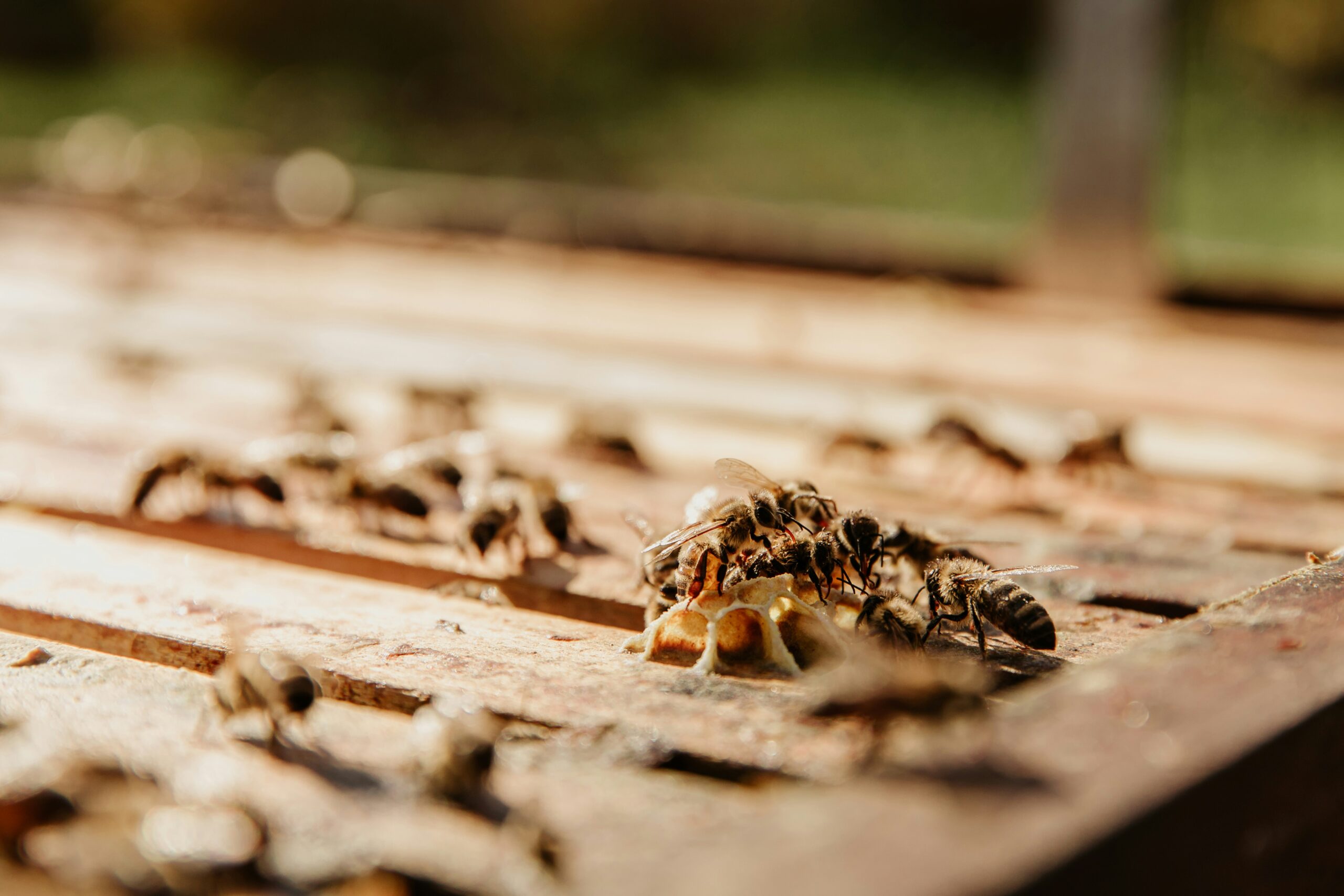
Termites themselves are certainly nothing new – people residing in warm, wooden-structure homes have had to contend with these ravenous insects for ages. But with modern concerns over home structural integrity and property value, the emphasis on detecting and dealing with termite activity has enjoyed a renaissance of sorts.
The Mechanism of Termite Damage
Termites feed voraciously on cellulose found in wood as well as other materials like drywall or tree stumps and roots. As they consume these sources, they excavate a meandering network of tunnels and chambers, slowly hollowing out and compromising structural elements from within. It is an insidious, gradual process of destruction that may go undetected by homeowners until significant, costly damage has already been wrought.
Revealing Signs of Termite In Your Roof and Ceiling
1. Wood Pellets or Frass.
As termites eat their way through wood, they leave behind small piles of wood pellets or fine, gritty material known as frass. Discovery of these unexplained mounds or droppings can be one of the first red flags of an infestation taking hold.
2. Hollow-Sounding Wood Periodic tapping on wood surfaces and listening for an unmistakable hollow, reverberating tone is another means of detection. This empty resonance signals that the
interior has been hollowed out by termites, even if the exterior still appears visually sound.
3. Clicking Noises
At times, you may even discern faint clicking, knocking, or rattling noises emanating from within walls or exposed framing. These are made by termite soldiers banging their heads as an alarm signal to the rest of the colony when their tunnels are disturbed.
4. Physical Termites
Of course, the most overt indicator is directly spotting termites themselves, though their small size and translucent bodies can render them difficult to identify definitively as termites versus other wood-boring insects. Any sighting of insect specimens resembling elongated pale ants or beetles should prompt further expert inspection.
5. Exit Holes Termites create minuscule holes, typically no larger than 1/8 inch across, through wood surfaces as entry and exit points accessing their tunneled interiors. Any unexplained pinholes appearing in wooden window frames, siding, or framing could signal termite ingress.
6. Ceiling Spotting
If termites have spread into the attic space and roof framing, you may notice discolored staining, small holes or other visible damage manifesting on interior ceiling surfaces as they consume the wooden infrastructure from within.
7. Buckling Roof Line In cases of extremely advanced and extensive infestation where termites have ravaged critical structural elements, the entire roof line itself may begin exhibiting signs of sagging or warping as supports are compromised.
8. Deteriorated Roofing
Similarly, if termites have infiltrated roof framing, it can cause roofing tiles, shingles or other materials to become dislodged and detach as the underlying structures weaken and deteriorate.
The Urgency of Prompt Mitigation – Call Bittner Roofs Expert
Termites are relentless consumers, capable of devouring their own body weight or more in wood every single day. An unchecked, thriving colony will only intensify its systematic destruction, leading to ever-escalating repair costs and potentially catastrophic damage if allowed to persist unchallenged for too long. Their insidious ability to silently devour a home’s wooden bones means spotting the warning signs early is crucial for rooting out an infestation before it spirals beyond control. At the first evidence of termite activity, decisive action with professional extermination and remediation is imperative to eliminate the pests and repair any structural damage before it progresses further.
In case you need experts to conduct roof inspections to identify if there’s termite infestation, don’t hesitate to call our Bittner Roofs experts


